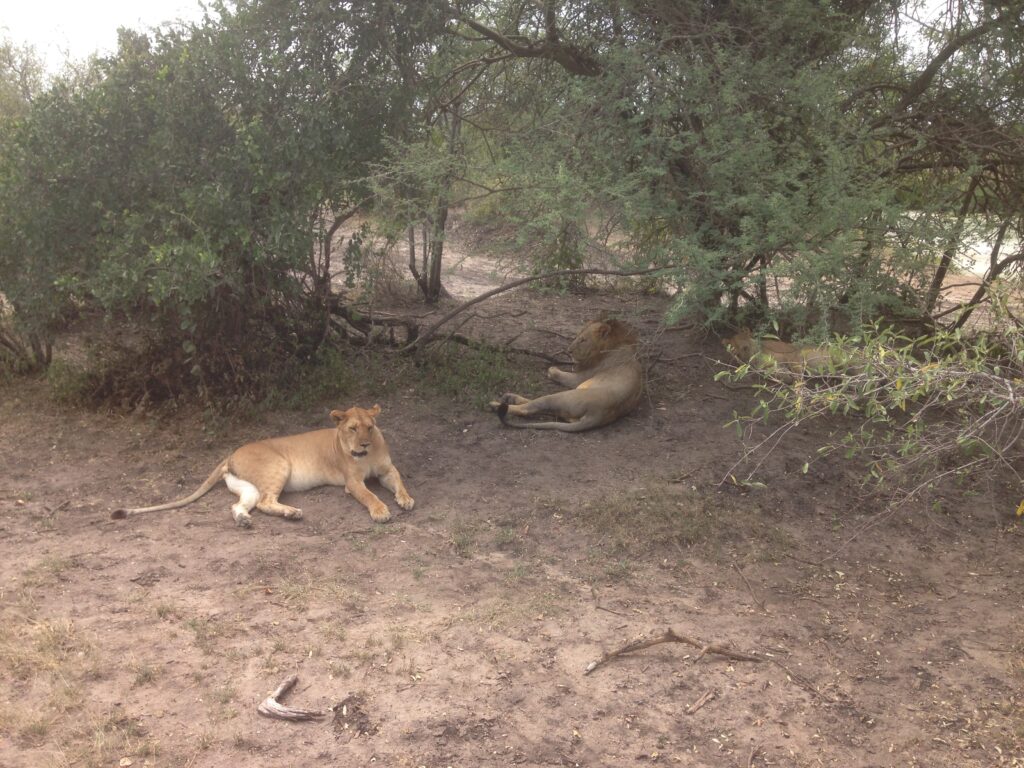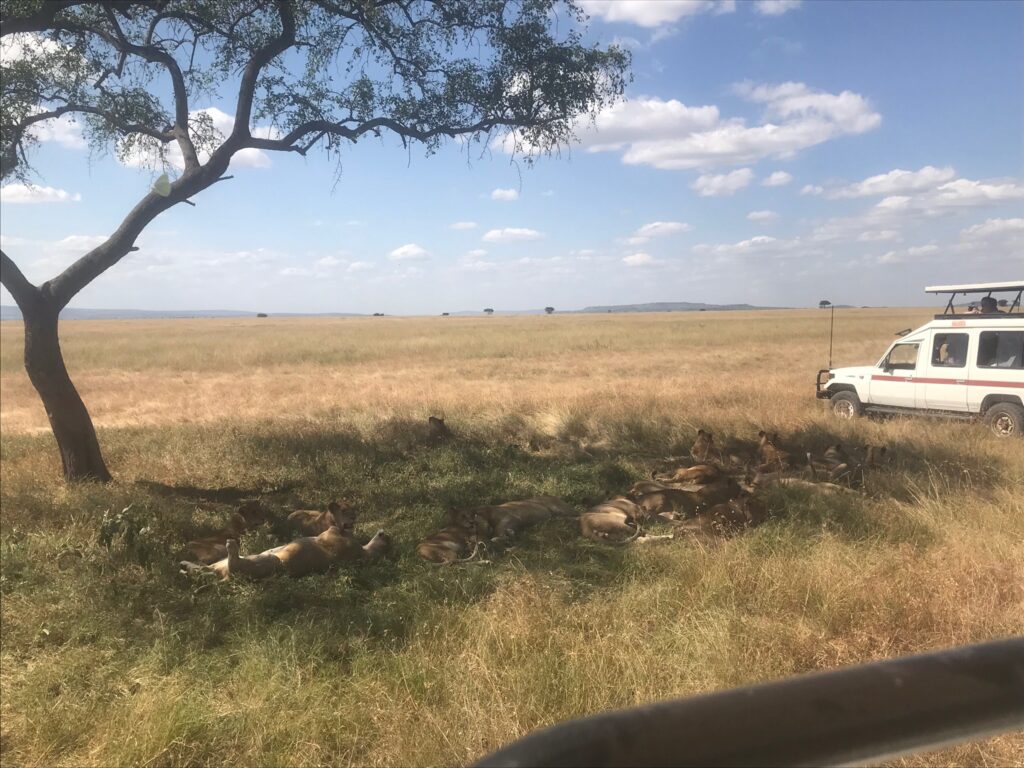
I’ve been thinking about lions. The Bible mentions lions 150 times; the poets and the prophets particularly like to use leonine imagery, and we shouldn’t be surprised by that, since Asiatic lions indisputably lived in Palestine in biblical times. (Nowadays they’re pretty much limited to India.)
Several biblical characters interacted with lions—most famously David the shepherd boy, as he related to King Saul just before dispensing with Goliath (1S 17.34-37). But there were others, including Samson (Jg 14.5-18), Benaiah (2S 23.20; 1Ch 11.22), an unnamed prophet from Bethel (1K 13.24-28), the neighbor of another unnamed prophet (1K 20.36), and the ancestors of the Samaritans (2K 17.25-26).
Lions are the kind of animal that would tend to make an impression. It’s no surprise, then, that they show up as decorative motifs in important places—specifically in Solomon’s Temple (1K 7.29, 36) and in his palace (1K 10.19-20; 2Ch 9.18-19), next to his throne. That’s the image you might use if you want to make an impression on foreign visitors—or, for that matter, on your own people.
It also makes sense that significant people would be compared to lions. Three of the tribes of Israel are—Judah (Gn 49.9), Gad (Dt 33.20), and Dan (Dt 33.22)—as is the whole nation of Israel (Nu 23.24; 24.9). David, mourning over King Saul and Prince Jonathan, compares them to lions (2S 1.23), and some of David’s famed “mighty men” are compared to lions as well (1Ch 12.8). Interestingly, those men are from the tribe of Gad, which has already been mentioned.
In the New Testament, the devil is compared to a lion (1P 5.8)—which might give us pause when we read later that “the Lion of the tribe of Judah” is none other than Jesus Christ (Re 5.5).
Seeing lions up close certainly enriches one’s appreciation of the metaphor. I’ve been privileged to take 7 different trips into the Serengeti, both as a treat for BJU students on my mission teams and as an opportunity for Tanzanian orphans to see their country’s rich resource. We have seen lions up close on all but one of those safaris. One of the groups had the extraordinary opportunity to see a lioness take down a wildebeest literally right in front of our vehicles, not 20 feet away. As she choked it to death, she looked unflinchingly right at us, as if to say, “You really don’t want to mess with me …”
Which brings me to the characteristic of lions that has most impressed itself on me.
They’re absolutely fearless.
They have no predators. Top of the food chain. They’re not called “the king of the jungle” for nothing.
(And, by the way, the Serengeti, like virtually all of the rest of Africa, is not jungle. It’s savannah, much like the grassland prairies of the American West.)
You drive the safari vehicle up to a pride of lions, and they just ignore you. They look away as if bored. Occasionally one will get up and sidle around the vehicle, rubbing against it as though marking its territory. But as long as you remain quiet, you’ll be ignored.

They know you can’t hurt them.
But they are not to be disrespected. On one trip, as a male lion and one of his mates were ambling around our vehicle, the well-experienced guide, Vincent, whispered, “If you want to die, get out of the car.”
We didn’t.
On another trip we saw 17 lions lounging under the shade of an acacia tree—the second-most our guide had ever seen together. They, too, ignored us.

Confidence. Pride. Seeming disinterest.
But awesome power and speed and potential for violence and destruction.
Respect the lion.
Jesus, our Savior, is not just a lion, but the lion of the royal tribe of Judah. He has no enemies that can cause him concern; he has no predators; he has no equals. He can be calm and peaceable, just as he went to his death with no resistance (Is 53.7). He is the Lamb of God (Re 5.6).
But do not take his gentleness, his mercy, for weakness. Even as a Lamb, he displays wrath that brings desperate fear to his enemies (Re 6.16).
The Lion will deliver his people.

Leave a reply. Keep it clean.